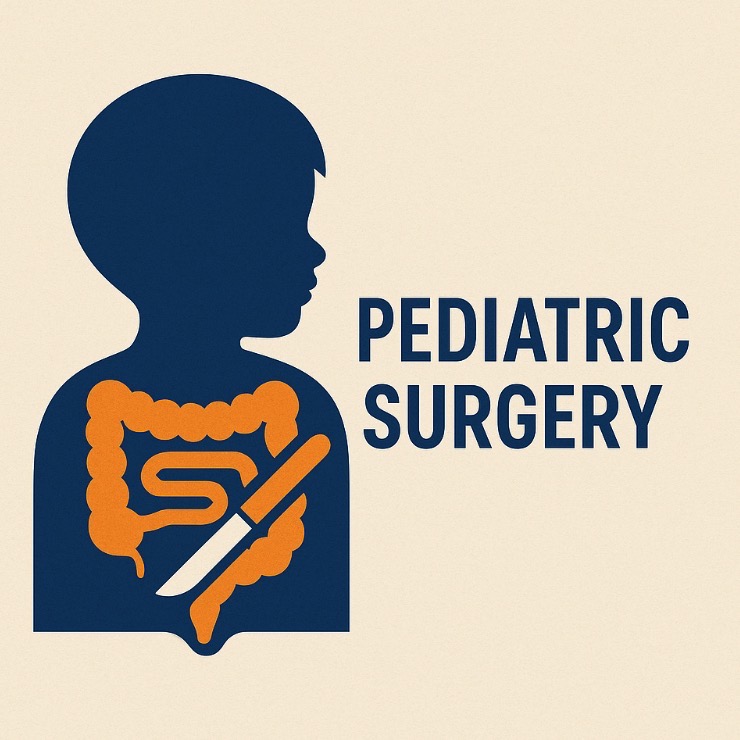Children’s feelings in isolation rooms during COVID-19 hospitalization

All claims expressed in this article are solely those of the authors and do not necessarily represent those of their affiliated organizations, or those of the publisher, the editors and the reviewers. Any product that may be evaluated in this article or claim that may be made by its manufacturer is not guaranteed or endorsed by the publisher.
Authors
The treatment given to children who have been confirmed positive for COVID-19 and are showing symptoms involves isolation, which consequently is an unpleasant experience for pediatric patients. In isolation rooms, children reported a “rollercoaster” of feelings due to being separated from their families and familiar surroundings. This study examines children’s emotions while being hospitalized in isolation rooms due to COVID-19. The study follows a descriptive qualitative design. Online interviews were carried out and involved 10 children who had been confirmed positive for COVID-19 and were hospitalized in two big cities in Sumatra. Four themes emerged from the data: i) children’s emotional conditions after finding out they had positive COVID-19 test results; ii) boredom and inconvenience during isolation; iii) support from the children’s peer; and iv) happy responses to receiving negative swab results and being allowed to go home. These themes describe the children’s adaptation process to isolation based on the feelings they expressed during the interviews. This study suggests that, in order to improve their facilities, hospitals should support children’s activities during isolation and nurses should improve their therapeutic communication with pediatric patients.
How to Cite

This work is licensed under a Creative Commons Attribution-NonCommercial 4.0 International License.
PAGEPress has chosen to apply the Creative Commons Attribution NonCommercial 4.0 International License (CC BY-NC 4.0) to all manuscripts to be published.







